
Tag: wind-driven waves


Strong gusts of wind -> lots of energy transferred to the water -> wind waves with large amplitudes
We are still in the “interesting weather” period here in Kiel. Feels more like April than like September, but I am not complaining. I love the rapid change between dark…
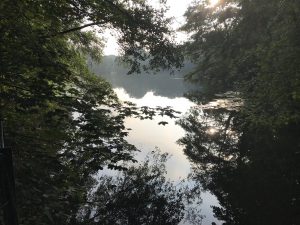
From wind-driven capillary waves to gravity waves on a calm lake
The picture above I thought was too pretty to not put on my blog (because my blog’s main function to me is still my personal brain dump), but the picture…
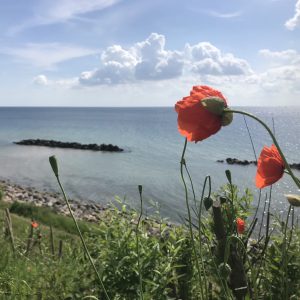
Wave watching in Kleinwaabs — and my first real Insta story!
So today (and tomorrow and the day after) is the big event that I have been working towards all year in my not-so-new-anymore job: The GEO-Tag der Natur! If you…
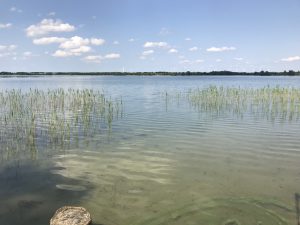
Observing a breeze making waves on Parsteiner See
Yesterday, I happened to be at Parsteiner See for work. At first, the sea was completely calm and the only waves were the ones we made doing our photo shoots,…
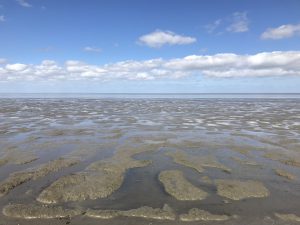
Wind-driven waves in natural flumes for #flumefriday
On a bike tour with my friend Frauke in Greetsiel two or three weeks ago, she pointed out how well one could see that the waves on the puddles left…
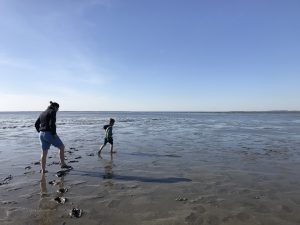
The wonders of a Wadden Sea. Or what someone addicted to #wavewatching thinks they are
As someone living on the German Baltic Sea coast, I don’t spend a lot of time on the North Sea coast (except, actually, my week-long vacation after Easter with my…
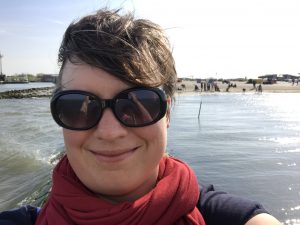
Influence of wind and water depth on a wave field (or: a beach vacation in Dornumersiel)
I took the selfie above mainly to send to my mom from my vacation in Dornumersiel on the German North Sea coast. But then when looking through the hundreds of…
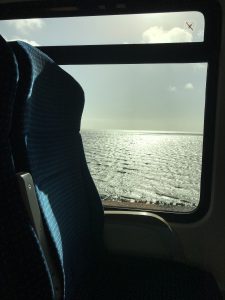
Wave watching from a train
You know how they say that the journey is the destination? That was certainly the case for my spontaneous mini-vacation yesterday (and how awesome is it that my #BestTravelBuddy is…

Wave watching: A wake, another wake, and a mystery wave
And we are wave watching again! A ship’s wake and the different zones within Here is the wake of the little ferry that goes across Kiel canal. I love how…

Wave watching at the Kiel Holtenau locks
So many people are surprised when I speak of wave watching as of a “real activity”. But to me it is! So I am going to talk you through a…

When not the fetch but a funnel shapes the wave field
As you know we are currently preparing for future wave riddles. So this afternoon I went out for a wave hunt again and found something beautiful for you! The ship…

What makes and destroys waves
Today I have a couple of photos for you to prepare you for upcoming wave riddles. Since, in those riddles, I usually ask what might have caused the wave on…

Hair-dryer driven surface waves
Looking at wave length, frequency and speed. (deutscher Text unten) The wave group played with a tank and a hair dryer (the hair dryer safely away from the water, obviously) and…